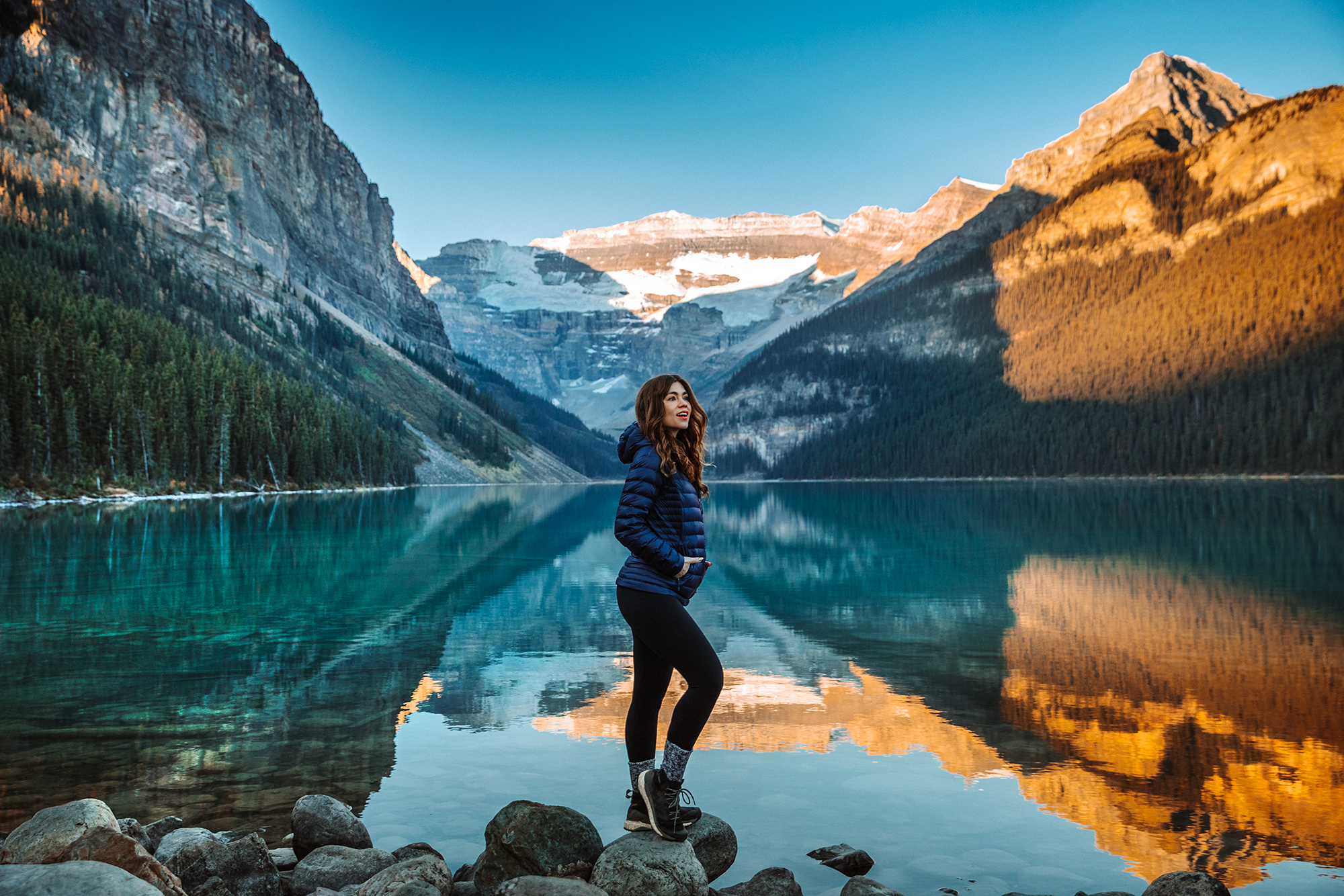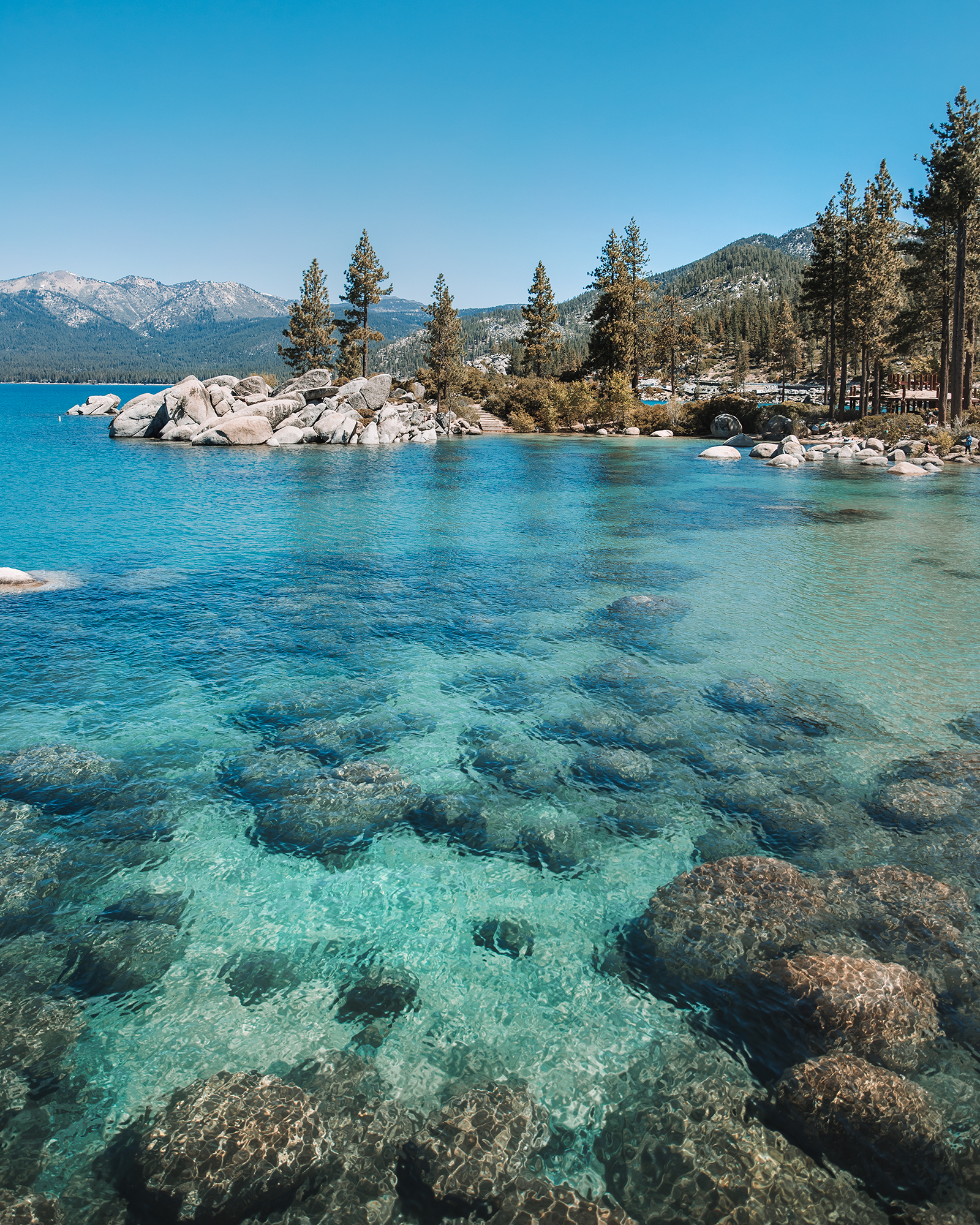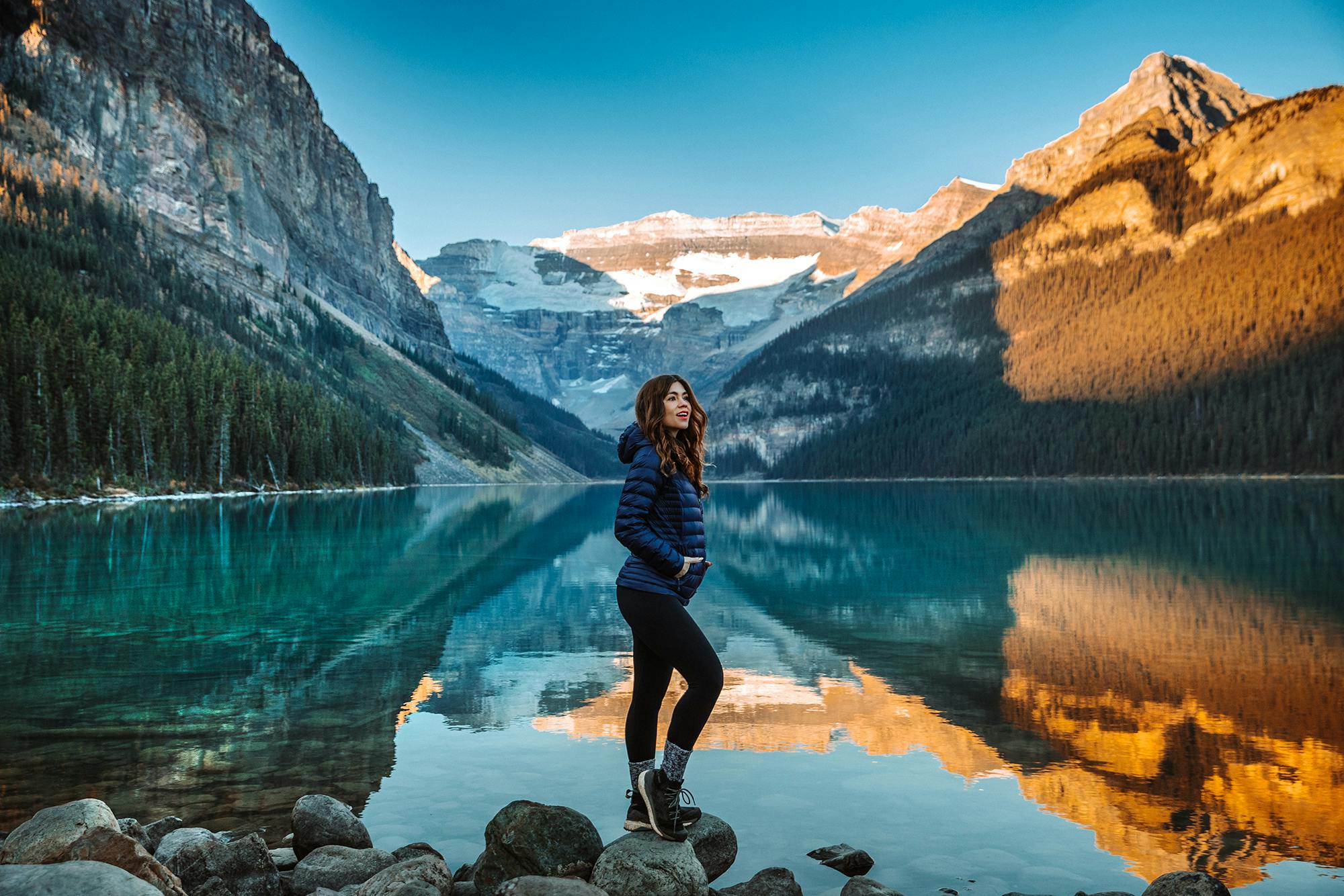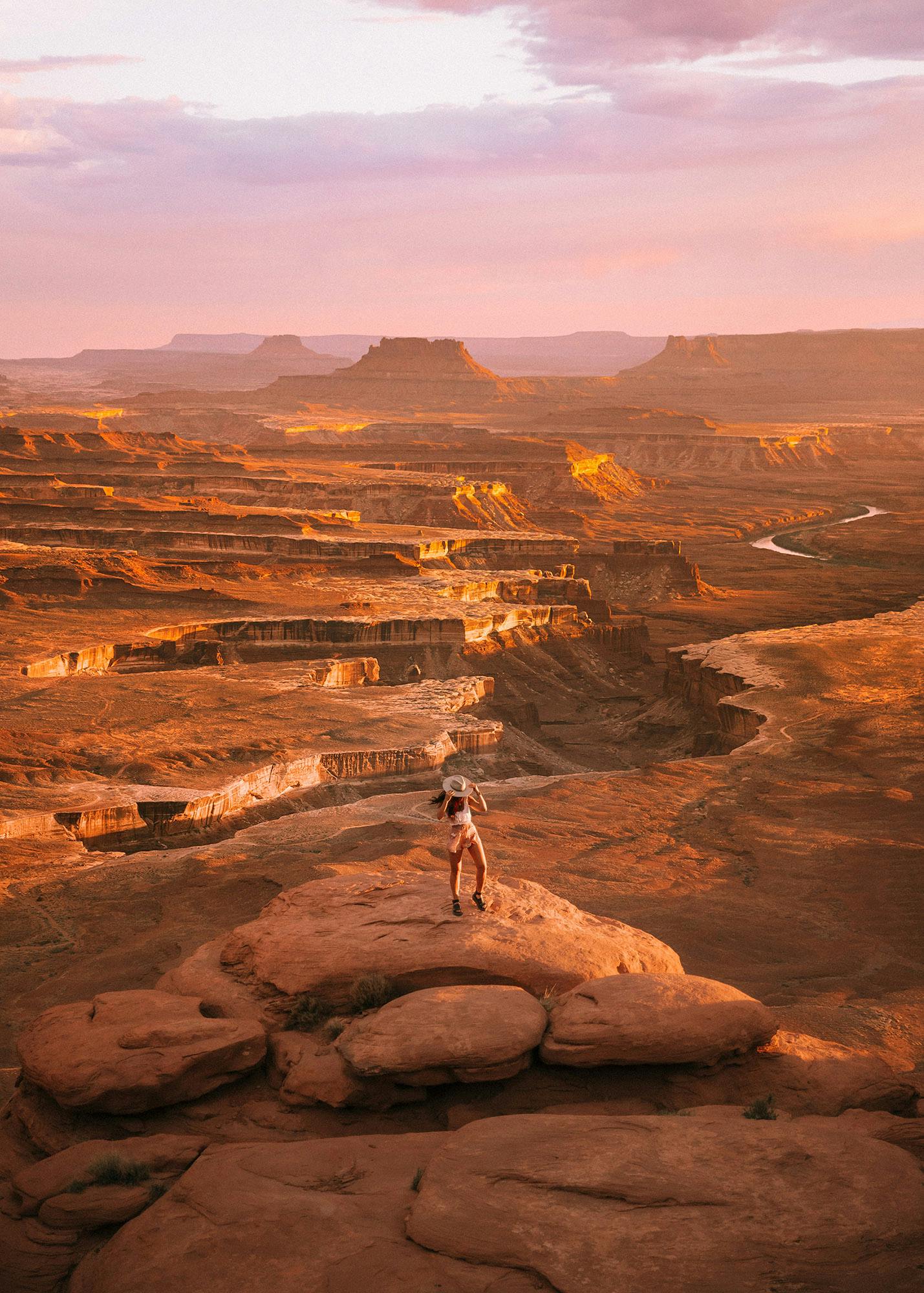Best Lake Destinations Around the World for Scenic Travel and Lakeside Getaways
Planning a lake trip becomes significantly easier when you understand which destinations offer clear water, access to trails, protected natural environments, and dependable infrastructure that supports both outdoor exploration and restorative downtime. Many travelers look for alternatives to crowded beaches or unpredictable coastal conditions, and lakes create a reliable middle ground that delivers calm water, dramatic scenery, and far fewer logistical complications. The following destinations offer a mix of cultural depth, geological significance, and year-round usability, and each section includes practical considerations that help refine planning and reduce unnecessary guesswork.

1. Crater Lake, Oregon - Seasonal Strategy, Access Considerations, and Scenic Priorities
Crater Lake’s volcanic origins create an environment defined by remarkable clarity, steep caldera walls, and a protected landscape that restricts development in ways that preserve its tranquility. The experience shifts considerably from one season to the next, and understanding those seasonal differences allows travelers to approach the lake with realistic expectations, especially when planning hikes or accessing specific viewpoints.
- Summer supports the most comprehensive access, as Rim Drive opens fully and grants entry to numerous overlooks and trailheads; Cleetwood Cove offers the only legal water access point, and although the water remains cold, brief swims are possible during warm afternoons.
- Winter transforms the park into a stark and photogenic snowscape; snowshoeing routes and cross-country trails remain open, and visibility after storms can produce some of the clearest views of the caldera.
- Lodges and cozy cabins fill quickly during peak months, so travelers benefit from booking far in advance and monitoring weather forecasts closely since road closures can shift day by day.
2. Lake Titicaca, Bolivia and Peru - High-Altitude Logistics, Cultural Context, and Transport Planning
Lake Titicaca sits at approximately 12,500 feet, and the altitude influences everything from pacing to hydration to the way travelers approach cultural visits on both the Peruvian and Bolivian sides. The lake functions as both a natural landmark and a living cultural environment shaped by indigenous communities, which means thoughtful engagement and basic awareness of customs significantly improve the overall experience.
- Adjusting to altitude is essential; most travelers benefit from dedicating the arrival day to slower activities, building in time for acclimation before attempting long excursions.
- Floating reed islands, archaeological sites, and shoreline villages can be accessed through organized boats or kayaking routes, although the lake remains too cold for swimming throughout the year.
- Heated pools and well-developed accommodations on both sides support comfortable recovery after long days on the water, and local guides provide context that enriches visits to historic and cultural sites.

3. Lake Bled, Slovenia - Scenic Infrastructure, Active Exploration, and Architectural Highlights
Lake Bled continues to attract travelers who want dramatic European scenery that remains easy to navigate, walkable, and supported by a wide range of accommodations. Its distinctive island church, medieval castle, and forested slopes create an aesthetic that feels almost staged, yet the region’s infrastructure keeps logistics efficient for visitors who want to balance movement with leisure.
- A traditional pletna boat provides transport to Bled Island, while the climb to Ojstrica rewards hikers with one of Europe’s most photographed panoramic views.
- The lake supports summer swimming areas, boat rentals, forested walking loops, and winter photography conditions that remain appealing even outside warm months.
- Cafés and lakeside hotels concentrate along the eastern shore, featuring the famous Bled cream cake and allowing easy access to Bled Castle and creating a convenient base for longer excursions into Triglav National Park.
4. Lake Kawaguchiko, Japan - Fuji Views, Onsen Culture, and Regional Connectivity
Lake Kawaguchiko remains the most accessible of the Fuji Five Lake Region, pairing traditional ryokan accommodations with modern hotels that overlook Mount Fuji when the weather allows. Seasonal color, especially during spring and autumn, adds depth to the landscape, and the region’s transportation network makes day trips seamless for travelers based in Tokyo.
- Coverage around the lake is strong, so securing an eSIM for Japan before arrival simplifies navigation, weather monitoring, and trip adjustments.
- Onsen resorts and public hot springs frame Fuji views, and many properties include rooms with private soaking tubs designed to capture sunrise or twilight light.
- Boats, walking trails, museums, and the Chureito Pagoda viewpoint create varied experiences across multiple days without requiring long transfers or complicated planning.

5. Lake Taupo, New Zealand - Outdoor Recreation, Water Activities, and Regional Trail Systems
Lake Taupo, the largest lake in New Zealand, supports a full spectrum of adventure activities while maintaining a compact layout that allows travelers to move efficiently between fishing spots, geothermal attractions, and shoreline trail systems. The region suits both high-energy itineraries and slow, restorative stays.
- Trout fishing remains one of Taupo’s defining activities, alongside jet boats, kayaks, and lake cruises that highlight the surrounding volcanic geography.
- Trails around the lake integrate with larger networks leading toward Tongariro National Park, and the area’s mountain biking routes appeal to both casual riders and experienced cyclists.
- The region is well developed, although travelers using public Wi-Fi at accommodations or cafés benefit from one of the best VPNs, particularly when managing work files or booking transport, since encrypted connections reduce risks associated with open networks.
6. Lake Louise, Canada - Glacier-Fed Water, High-Demand Access, and Scenic Trail Planning
Lake Louise’s milky turquoise water owes its color to rock flour suspended within the glacier-fed basin, and its dramatic backdrop makes it one of Canada’s most photographed natural sites. Navigating peak visitation requires strategic timing, thoughtful transportation choices, and awareness of trail conditions that shift rapidly throughout spring and autumn.
- Arriving early or using shuttle systems significantly reduces travel friction, particularly during summer when parking fills before sunrise.
- The shoreline canoe rentals, Fairmont vantage points, and the trail to the Lake Agnes Tea House provide some of the region’s most iconic experiences.
- The surrounding valley connects to high-elevation trails leading toward the Plain of Six Glaciers, and travelers should monitor Parks Canada advisories for weather, wildlife activity, and seasonal closures.


7. Lake Tahoe, California and Nevada - Alpine Scenery, Recreation, and Lakeside Amenities
Lake Tahoe straddles the California-Nevada border, offering an expansive alpine environment that balances intense outdoor activity with well-developed lakeside towns. Its combination of crystal-clear water, mountain views, and accessible infrastructure ensures both active and relaxed visitors find suitable experiences.
- Summer supports water sports, hiking, and mountain biking, while winter opens ski resorts and snowshoeing routes along the shoreline.
- Towns such as South Lake Tahoe and Tahoe City provide lakeside accommodations, restaurants, and guided activity options that reduce planning friction.
- Public beaches, private rental options, and boat launches provide diverse access points, while attention to seasonal regulations ensures conservation and safety compliance.
8. The Catskills, New York - Accessible Lake Retreats, Multi-Season Use, and Small-Town Infrastructure
The Catskills provide a network of lakes that appeal to travelers who want quieter water, accessible hikes, and a retreat style that balances rustic landscapes with strong hospitality infrastructure. This region suits travelers from New York City and surrounding states who want a restorative setting without long flights or complex routing.
- Lake communities near Phoenicia, Livingston Manor, and the Ashokan Reservoir area offer swimming spots, cabins, lodges, and boutique accommodations with a slower rhythm than typical mountain towns.
- The region supports year-round use; summer brings swimming and paddleboarding, autumn delivers some of the country’s most vivid foliage, and winter provides snowshoeing and peaceful lakeside retreats.
- Farm-to-table restaurants, craft breweries, and small markets make meal planning simple, and proximity to state parks supports a wide range of outdoor activities across long weekends or extended stays.
A well planned lake trip rewards travelers with stability, scenery, and a comfortable balance of movement and rest. Each destination listed above offers a different blend of natural beauty and practical usability, and knowing the seasonal landscape, altitude considerations, access logistics, and accommodation patterns ensures the trip delivers what travelers anticipate.




